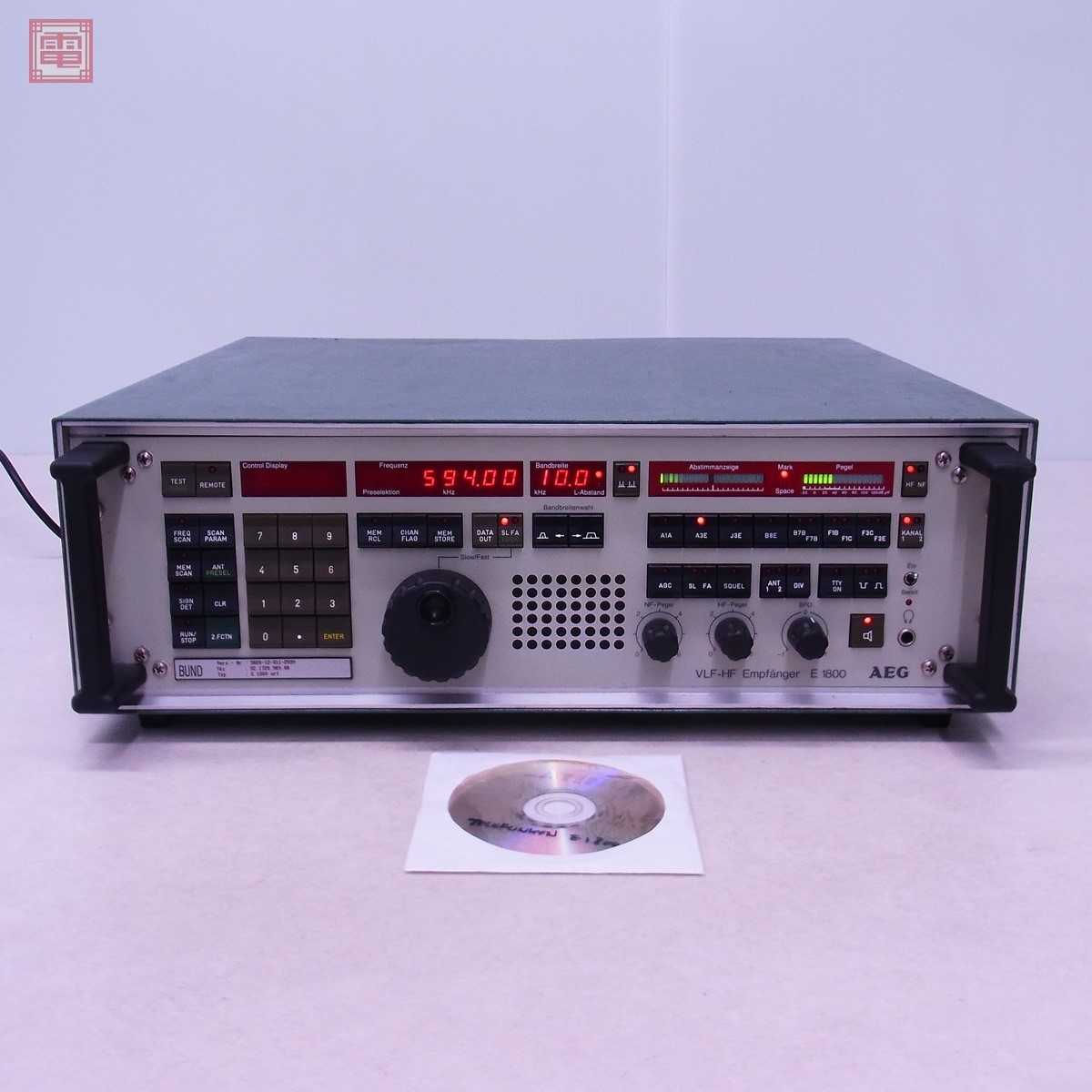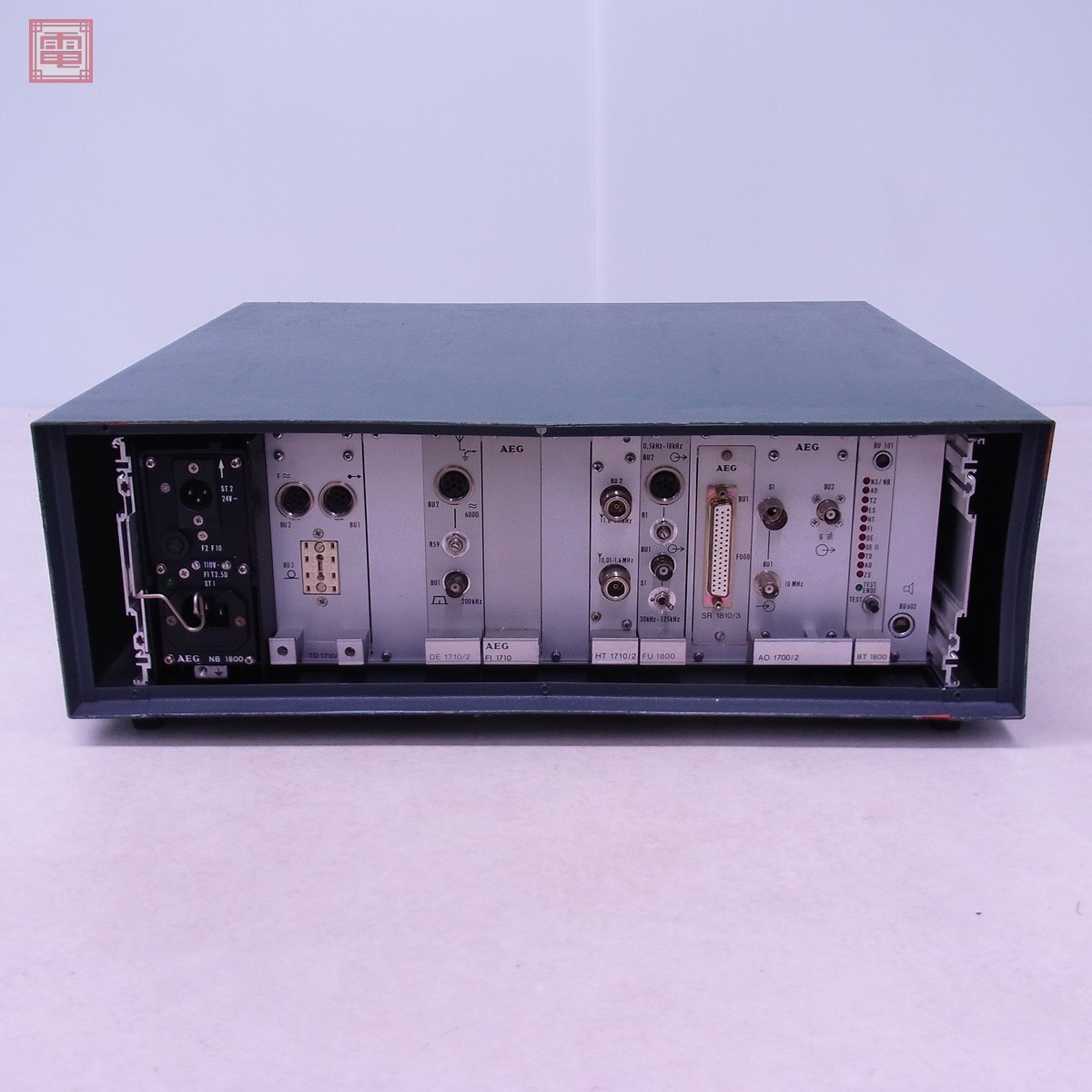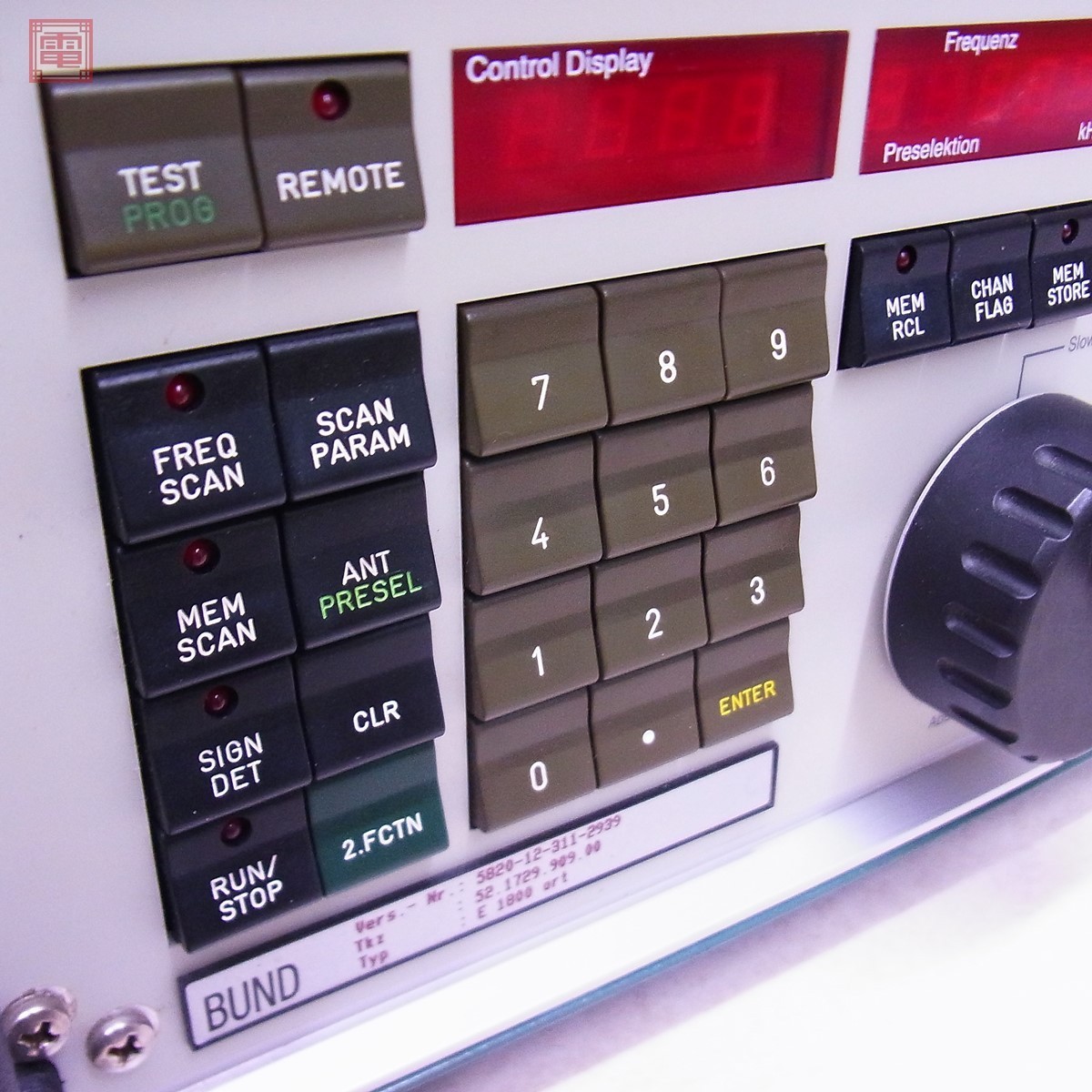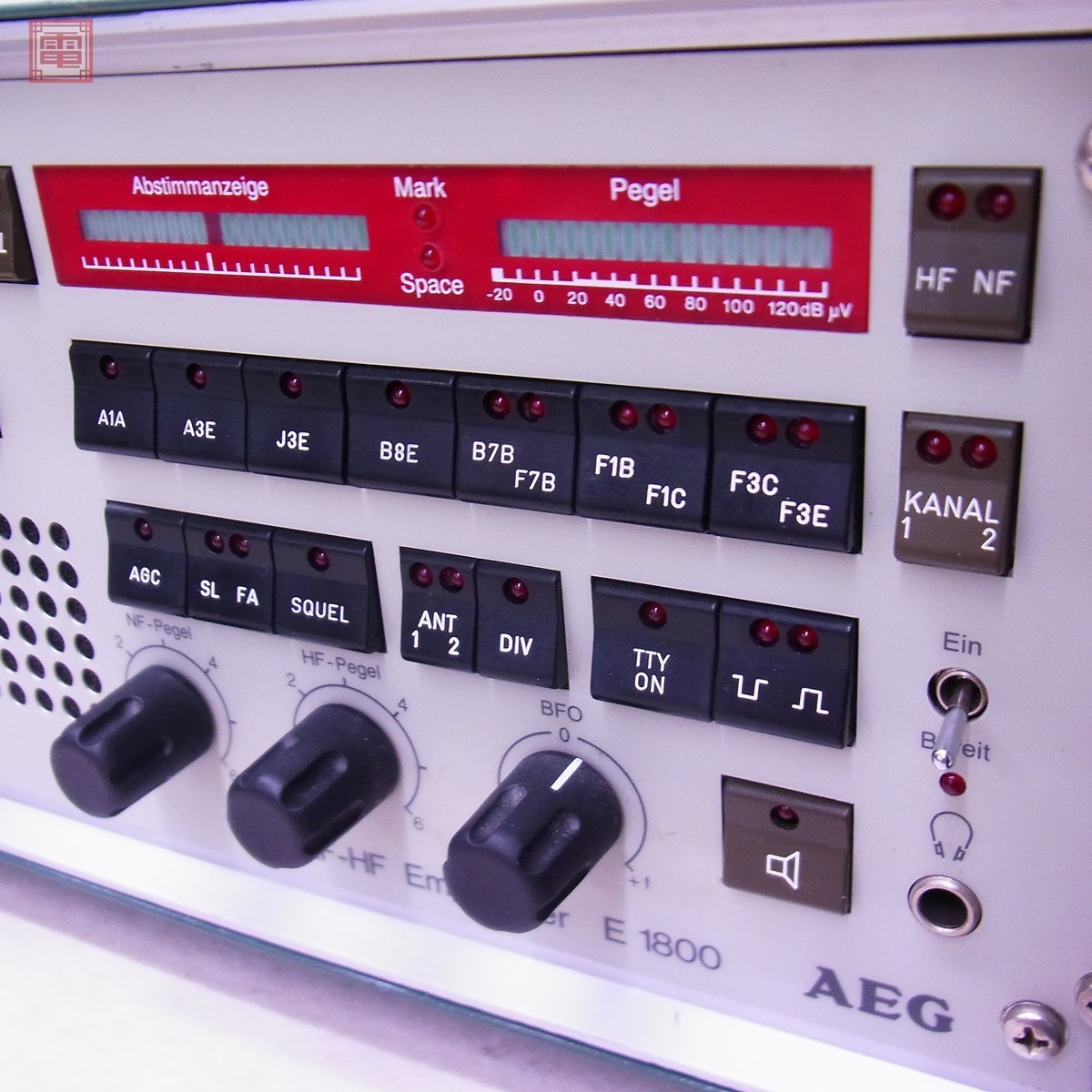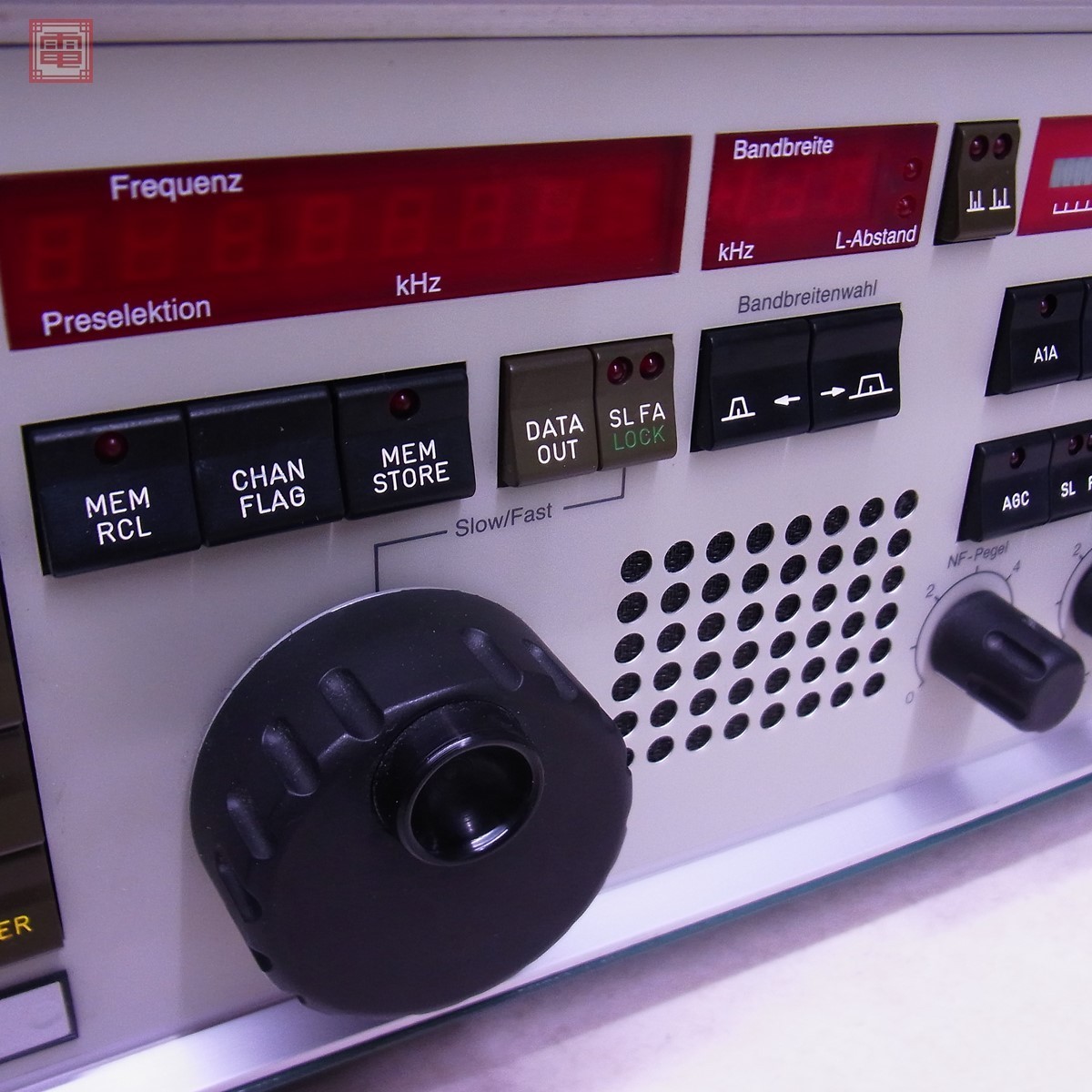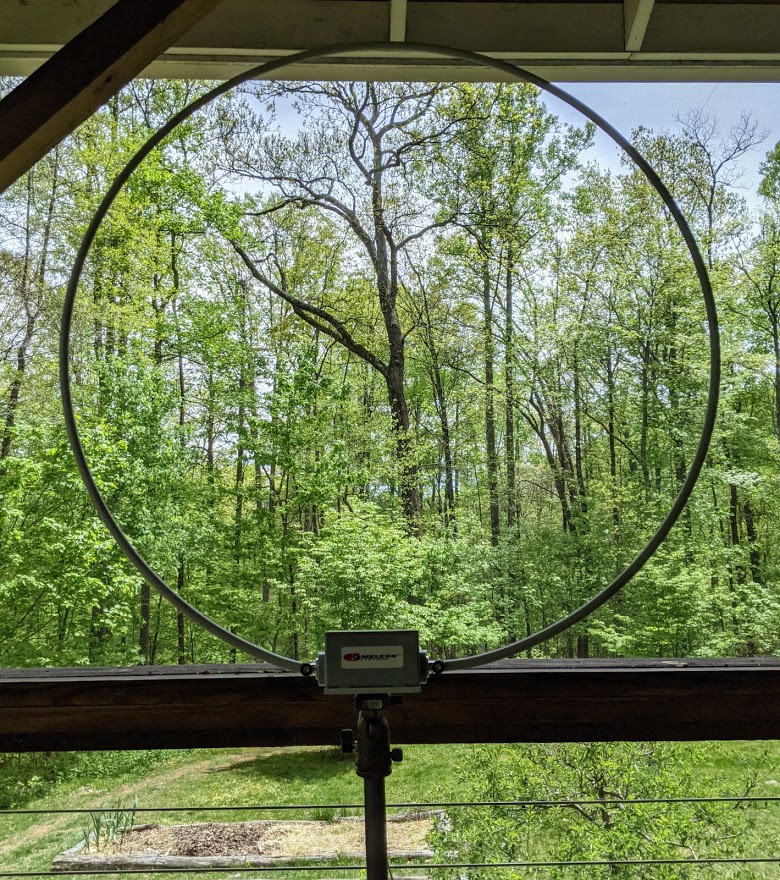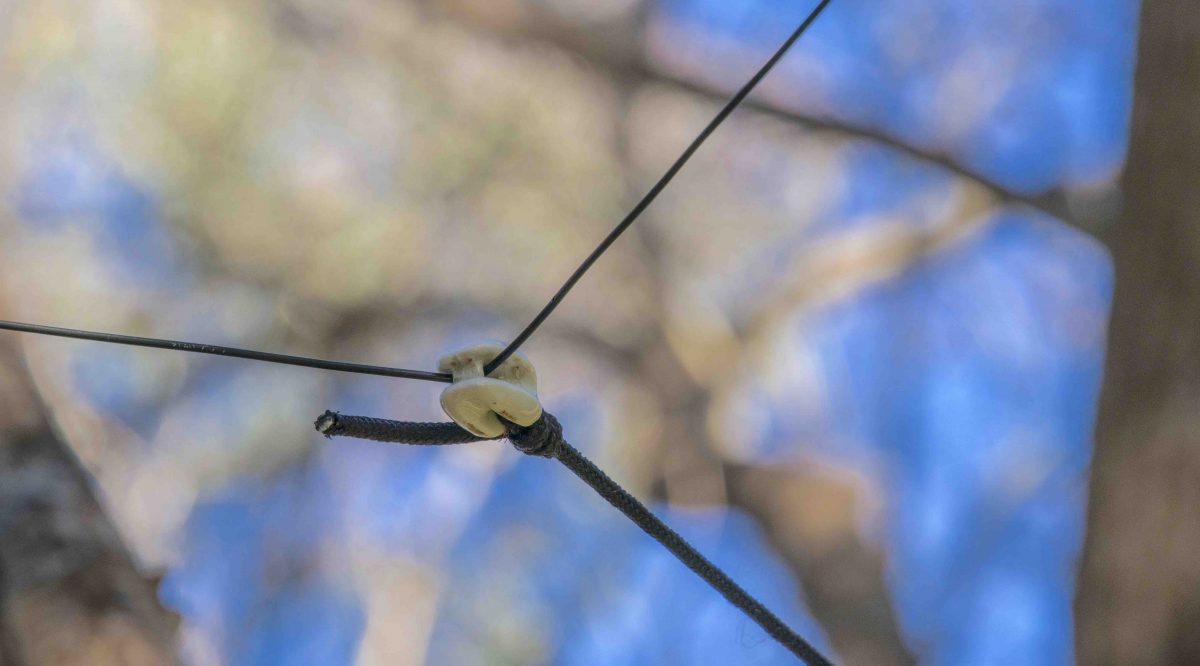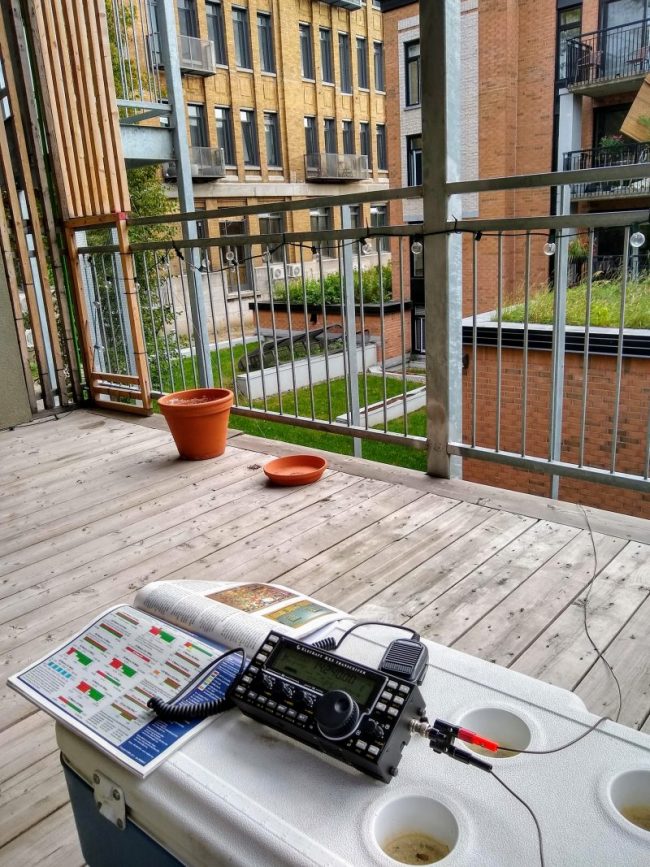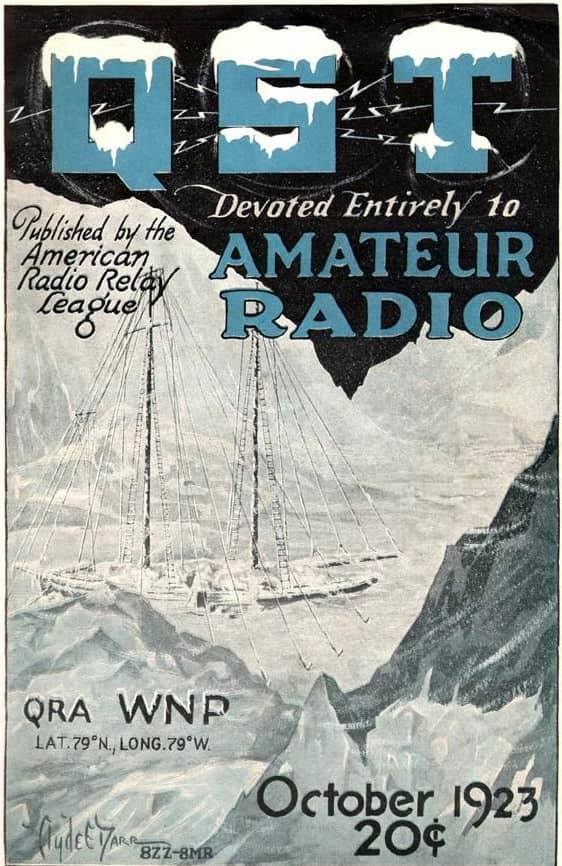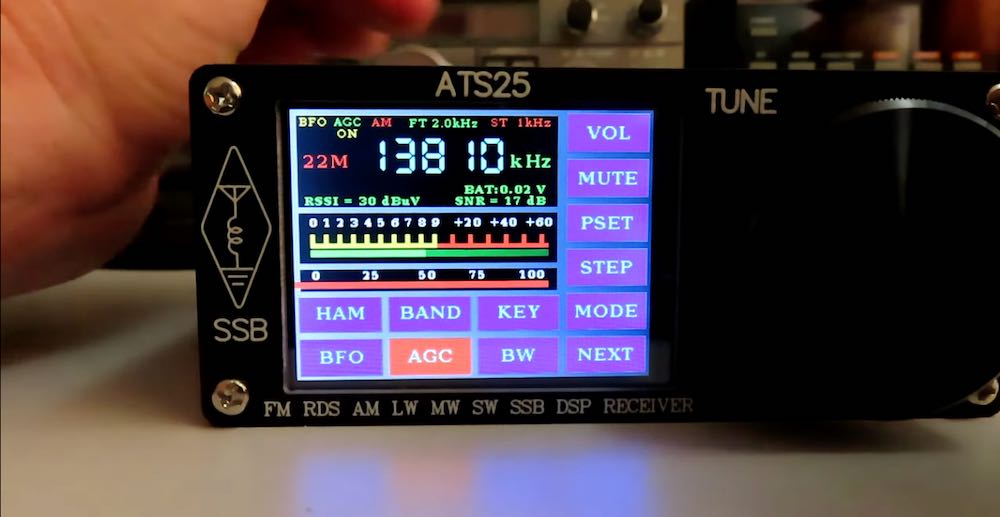 Many thanks to SWLing Post contributor, Robert Richmond, who shares the following series of videos about the new ATS-25 receiver (mentioned in this previous post) from Kevin O’Reilly’s YouTube channel.
Many thanks to SWLing Post contributor, Robert Richmond, who shares the following series of videos about the new ATS-25 receiver (mentioned in this previous post) from Kevin O’Reilly’s YouTube channel.
Rare AEG Telefunken E1800 receiver fetches over $5,000 US
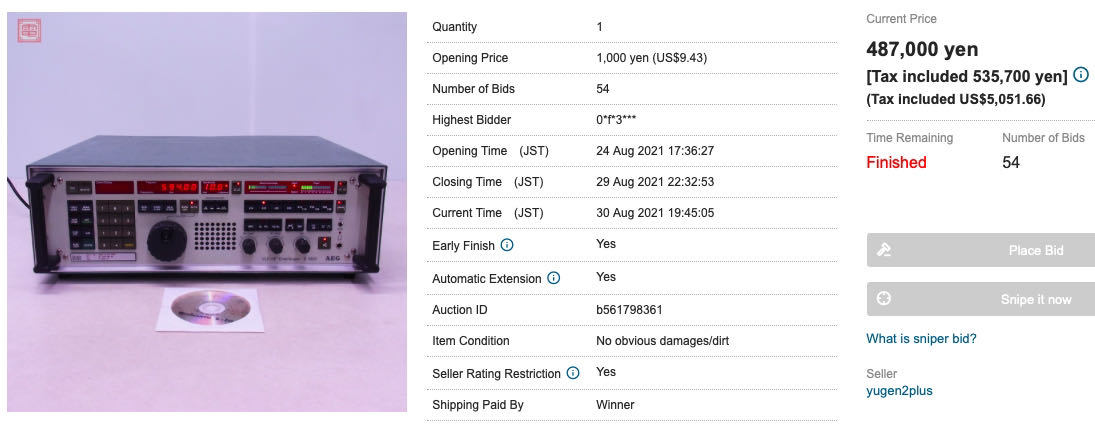 Many thanks to SWLing Post contributor, Dan Robinson, who writes:
Many thanks to SWLing Post contributor, Dan Robinson, who writes:
A rare AEG 1800 receiver fetched over $5,000 in an auction on the Japan Buyee site, complete with its original metal cabinet.
As collectors/users of premium receivers know, the 1800 was once described as the best HF radio ever made. And this particular unit contained most of the rare main modules that themselves often sell for high prices in Europe.
There were 54 bids for this AEG 1800, demonstrating that rare premium sets such as this, and especially Japan Radio Company (JRC) receivers, still attract major interest from collectors.
Click here to view the completed listing on Buyee.
Most impressive, Dan. It truly amazes me to see the prices rare commercial-grade receivers fetch these days. I’ll be the first to admit that an AEG E1800 would look great in my shack!
Thank you for sharing, Dan.
Wire antennas vs. mag loop antennas
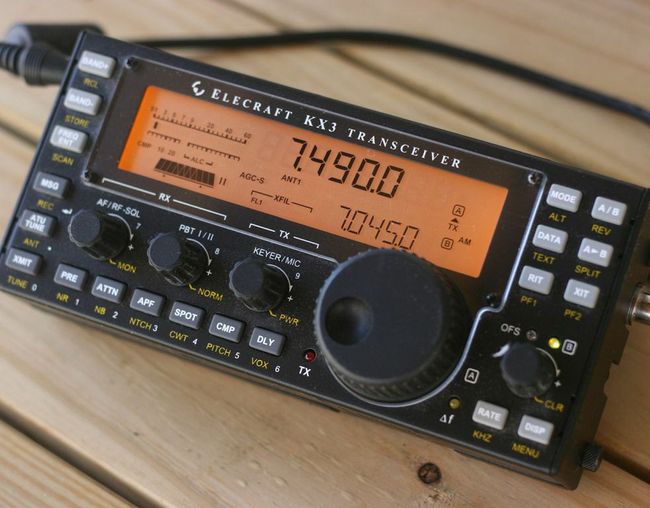 In the past few weeks, I’ve gotten a lot of questions from readers who are trying to decide if they should install a magnetic loop antenna or a simple wire antenna at their home. Obviously, most of the questions come from shortwave radio listeners, but some have come from ham radio operators as well.
In the past few weeks, I’ve gotten a lot of questions from readers who are trying to decide if they should install a magnetic loop antenna or a simple wire antenna at their home. Obviously, most of the questions come from shortwave radio listeners, but some have come from ham radio operators as well.
I realize that there’s a common theme to my answers and I thought it might be useful to share it here on the SWLing Post for future reference. I started to write a slightly more comprehensive article about this, but I quickly realized I want to keep my advice as short and clear as possible. I’ll be painting in broad brush strokes, but here you go:
If you live in an environment with a lot of radio interference…
Magnetic loop antennas are your friend.
By design, mag loop antennas are some of the best antennas for mitigating the radio frequency interference (RFI) that plagues so many of our homes and neighborhoods. When oriented vertically, mag loop antennas can also be rotated to null out unwanted signals on lower frequencies.
Mag loops come in a wide variety of configurations:
- The most popular among SWLs are wideband amplified loop antennas manufactured by companies like Wellbrook, Chameleon Antenna, MFJ, DX Engineering, Cross Country Wireless, Bonito, and a number of manufacturers in China. Unlike passive loop antennas, wideband amplified antennas require no manual tuning. These loops do require a power source, typically fed through a Bias-T or batteries.
- Passive loop antennas are popular among ham radio operators because they’re easy to build and, unlike amplified loop antennas, one can transmit into them if designed correctly. They’re less popular among radio listeners only because they typically have a very narrow bandwidth and need to be re-tuned (via a variable capacitor) each time you move frequency even a few kilohertz. The NCPL (Noise-Cancelling Passive Loop) which is also known as the Moebius or YouLoop is a bit of an exception and doesn’t require tuning, but does require a receiver with a very high dynamic range.
Loop antennas can also be very stealthy. In fact, Loop on Ground (LoG) antennas are essentially invisible and could be deployed (under the cover of darkness, of course!) in the most restrictive of neighborhoods. Note that since LoGs are horizontal, they are essentially omni-directional. [13dka corrects this in the comments: “This is somewhat ambiguous and not entirely correct: LoGs are horizontally oriented but (somewhat surprisingly) vertically polarized, and even more surprisingly they have the trademark property of verticals”]
We’ve also featured other stealthy loop designs like this porch loop.
As with any antenna, mag loops prefer to be outdoors but can be effectively used indoors if that’s the only option.
If you live in an environment free of radio interference…
Outdoor wire antennas are very hard to beat.
I am a case in point, in fact: I live in a rural, remote location without any meaningful RFI. All of my external antennas are homebrew wire antennas and they serve me incredibly well.
If you’ve been a reader for long, you may note that I don’t personally review amplified magnetic loop antennas often–these are typically published by some of our amazing contributors. This is because I like to do “apples to apples” comparisons and usually don’t have a second compact magnetic loop antenna for comparison here at SWLing Post HQ.
Almost without exception, my cheap homebrew wire antennas outperform wideband amplified mag loop antennas…sometimes, by orders of magnitude.
Many years ago, I tested a Pixel Loop amplified mag loop antenna (now under a different name and sold by DX Engineering) specifically for use on the mediumwave band to null unwanted stations. It was a very capable amplified mag loop antenna, but other than its MW nulling abilities, all of my homebrew wire antennas outperformed it on the HF bands. Reception was, at times, dramatically better on my wire antennas.
Of course, for a wire antenna to perform properly, it needs to be deployed properly. There are excellent resources out there that describe ideal heights and configurations for any given wire antenna design.
Keep in mind that wire antennas can be incredibly stealthy as well. It’s very difficult to see a wire antenna among or in front of a patch of trees, for example. At a previous home, I deployed a horizontal delta loop antenna on my property that–if you knew where to look–was easy to spot from the road. In all of the years we lived there not one neighbor took note, though, because the antenna wire had sky blue jacketing and I deployed it while no one was looking.
Summary
This isn’t an either/or choice for most of us. There’s no harm in building a simple wire antenna and trying it at home first. If the local noise floor is high, then consider adding a magnetic loop antenna to your arsenal as well.
You might find that the wire antenna has an advantage on frequencies where you have less radio interference, and the mag loop serves you well in those portions of the band with thicker RFI and QRM.
Find the best antenna system that works for you at home, but always remember that hitting the field with your radio has advantages as well!
What did I miss?
I omitted numerous antenna designs that aren’t straight-forward loop or simple wires. Check out some designs by our contributors Grayhat, Giuseppe Morlè (IZ0GZW), TomL, and many others here on the SWLing Post. As always, please feel free to comment!
Mike compares four active mag loop antennas
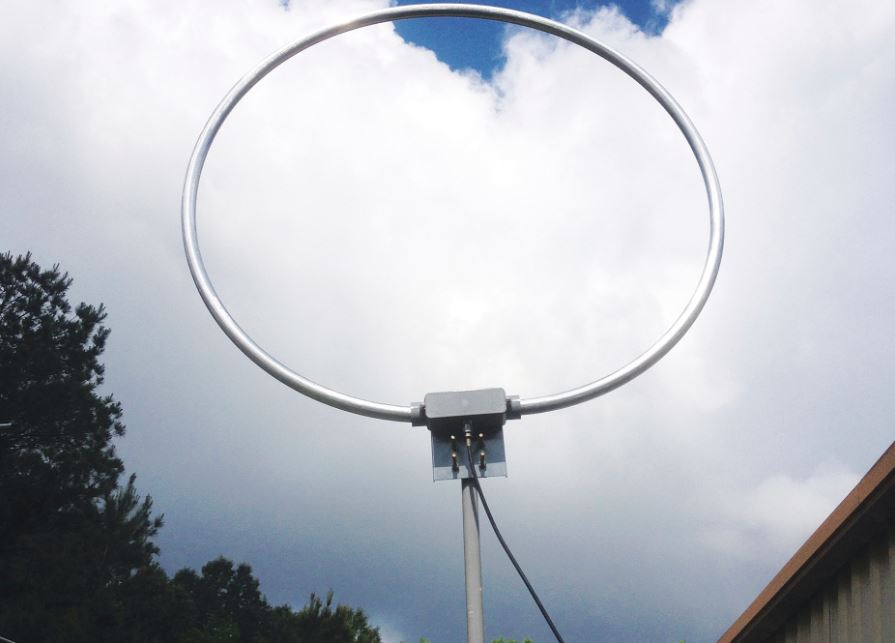 Many thanks to Jon Hudson who shared the following on the SDRplay Facebook page:
Many thanks to Jon Hudson who shared the following on the SDRplay Facebook page:
In this new video, Mike Harwood compares 4 different active mag loop antenna at various frequencies up to 52MHz using two SDRplay RSPduos which allowed simultaneous spectrum snapshots of the 4 loops in action with real signals.
These are loops from Bonito, Cross Country Wireless, LZ1AQ and Wellbrook.
This is the second of Mike’s antenna comparison videos. He welcomes comments which will help shape the content for future antenna experiments:
Malahit DSP-2: Dan’s thoughts on external antennas, firmware, and purchase decisions
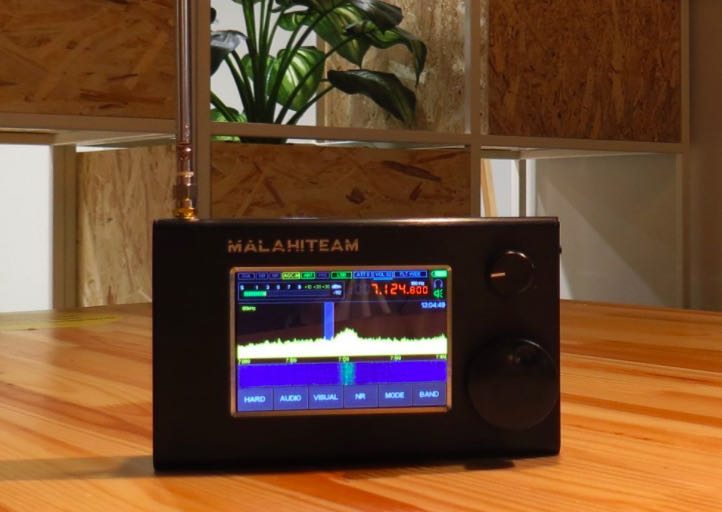 Many thanks to SWLing Post contributor, Dan Robinson, for the following guest post:
Many thanks to SWLing Post contributor, Dan Robinson, for the following guest post:
Additional Thoughts on the Malahit DSP-2
- Potential for Noise Reduction Using Non-Whip Antennas
- Latest Firmware Changes
by Dan Robinson
After my last update on the Russia-made Malahit DSP-2, I thought it important to add something about the receiver, as it could well influence those who may be on the fence about purchasing one.
In a series of communications, Georgiy at Malahit team has stressed steps taken to attempt to deal with internal interference seen across the bands. And he has asserted
that noise spikes lessen if the receiver is connected to a non-whip antenna.
Most of my tests have used whip antennas of various lengths, in various locations indoors and outdoors, because it’s my view that portability is a major attraction of these small SDR receivers.
Paul’s thoughts about Mediumwave DXing in Alaska
Many thanks to SWLing Post contributor, Paul Walker, who has kindly allowed me to published some notes he recently shared among MW DXers about DXing in McGrath, Alaska, USA:
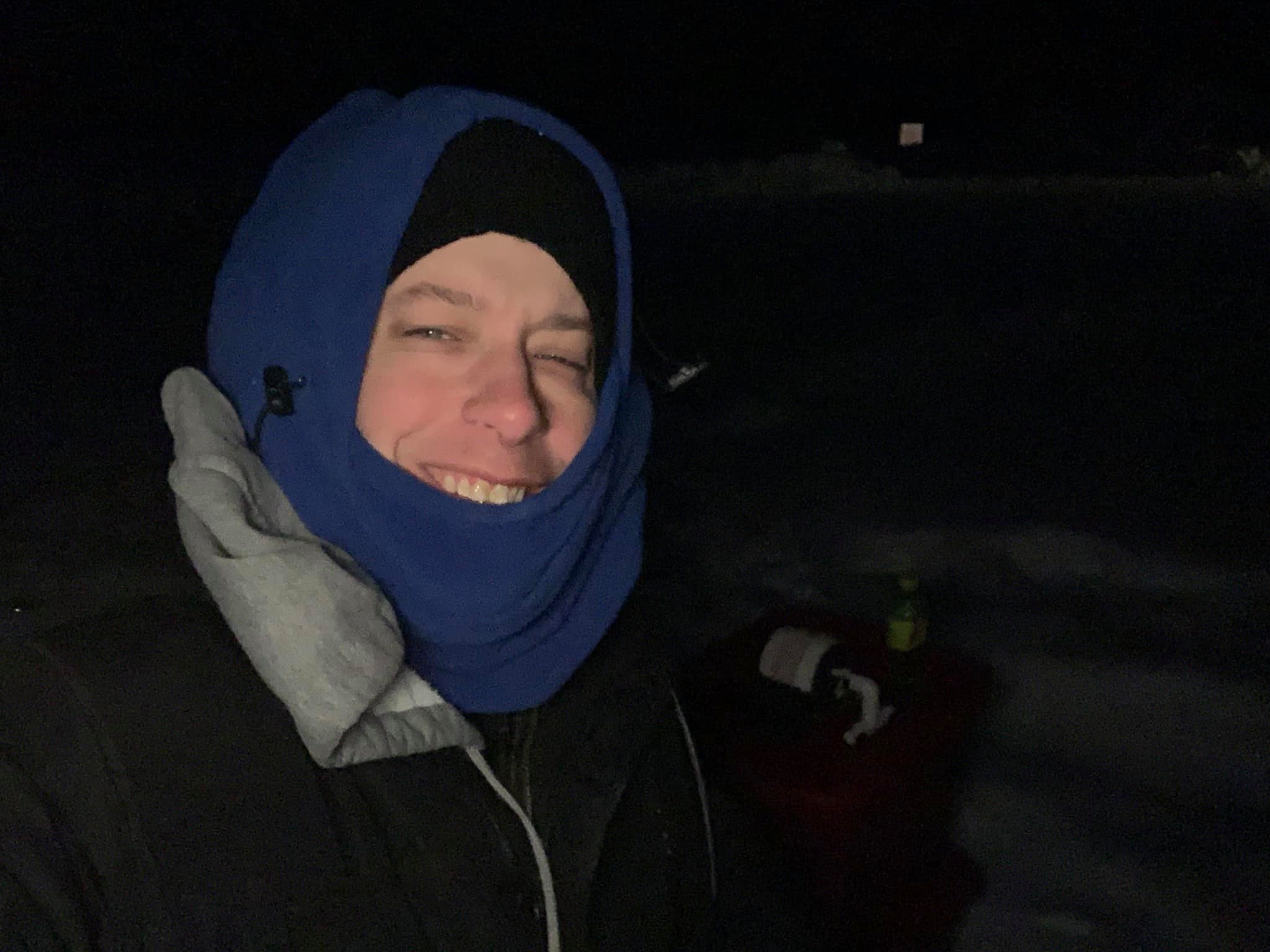 During a Zoom hang out with a bunch of Pacific NW DXers, one of the things that come up was why my DXing in Alaska is beyond amazing, and we’ve come to a few conclusions.
During a Zoom hang out with a bunch of Pacific NW DXers, one of the things that come up was why my DXing in Alaska is beyond amazing, and we’ve come to a few conclusions.
The extended darkness. Sunrise in the middle of winter here is 3+ hours later than the west coast, so once their Skywave burns off, I’m left with darkness over the pole and to my west.
There’re no operating AM stations within just under 200 miles from me which is a big help. I have heard distant signals on the same channel as “semi locals” such as 780 and 1080.
And I’m pretty sure there’s something to the fact I’m close to the North Pole. Still far, but closer than most.
Interesting to note though: pre sunset DX isn’t a thing there. What I’ve unscientifically discovered is it seems to be that the entire Pacific has to be dark for DX to be worthwhile for me in the evening … despite my evening DX being Canada and the lower 48 US States.
What most everyone else hears at night, such as the transpacific signals from Japan, China, Australia etc…, I hear in the morning. Hearing anything from Asia or the Pacific at night is EXTREMELY rare.
[Since I’m DXing outdoors in extremely cold conditions] I’m getting extra batteries, extra audio cables (to go between the recorder and the radio), another radio, and another recorder. Oh and some hot hands hand warmers. Also have some extra gloves and hats ordered too.. getting prepped for winter DXing well ahead of time!
The hand warmers are as much for my gloves as they are for my digital recorder… AA batteries don’t last long during continuous use in extreme cold.
i also have a portable battery and extra cable so I can use it for my phone. Those lithium ion batteries hate cold even more than aa alkaline batteries–they will shut off in the cold. In fact, you have to not only warm it up but charge it. The cold causes it to think tis dead…. and even warming it up won’t work.
Here’s a video link to my FSL antenna designed and built by Gary DeBock:
DXIng is one of the reasons I moved back up here to Alaska and it’s entirely fascinating. I learn something new every “DX season”.
Lower 48 theory and ideas just don’t hold a bunch of weight up here … I’ve had ideas and suggestions from some really smart people that just didn’t work out.
Until you’ve DXed in Alaska, it’s hard to explain and understand.
Thank you for sharing your notes, Paul! Having never done DX in those latitudes, I can only imagine how different conditions might be–especially in those long, dark winters!
Radio Waves: Radio Prague Special Broadcast, WNP Marks 100 Years, Ham Interference, and RTE on Longwave
Radio Waves: Stories Making Waves in the World of Radio
Because I keep my ear to the waves, as well as receive many tips from others who do the same, I find myself privy to radio-related stories that might interest SWLing Post readers. To that end: Welcome to the SWLing Post’s Radio Waves, a collection of links to interesting stories making waves in the world of radio. Enjoy!
Many thanks to SWLing Post contributors David Iurescia, Ronnie Smith, Troy Riedel, Jack Dully, and the Southgate ARC for the following tips:
Radio Prague asks, “Would you like to be featured on our broadcast?” (Radio Prague via Facebook)
Our 85th anniversary is coming up on August 31st! We’re celebrating the occasion with a special broadcast that day and would love to hear from you – our listeners. If you’d like to send us your greetings, please record a message and send an audio file via email (to [email protected]) or Facebook. Due to time constraints, your recording should be around 30 seconds long. Please include your first name, where you live, how long you’ve been listening, and what you like most about Radio Prague Int’l.
We look forward to hearing from you!
Sailing Vessel with Ham Radio History Marks 100 Years (ARRL News)
The schooner Bowdoin is a century old this year. Now owned by the Maine Maritime Academy (MMA) as a training vessel, the ham radio history of the 88-foot (LOA) Bowdoin is often neglected. Constructed in Maine specifically for Arctic exploration, the vessel relied on amateur radio for communication during explorer Donald B. MacMillan’s Arctic Expedition of 1923 and on the MacMillan-McDonald-Byrd Expedition of 1925 — thanks in part to ARRL co-founder Hiram Percy Maxim, W1AW. The venerable vessel, the official vessel of the State of Maine and the flagship of Maine Maritime Academy’s Vessel Operations and Technology Program, recently underwent a complete hull restoration and refitting and has done a little touring to mark its centenary. Its home port is Castine, Maine.
The longwave transmitters MacMillan used on his earlier missions had proved “unable to penetrate the screen of the aurora borealis,” then-ARRL historian Michael Marinaro, WN1M (SK), explained in his article, “Polar Exploration,” from the June 2014 issue of QST. In 1923, MacMillan turned to ARRL for help in outfitting his next expedition with better wireless gear. Marinaro recounted, “It was enthusiastically provided.” Maxim and the ARRL Board recruited Donald H. Mix, 1TS, of Bristol, Connecticut, to accompany the crew as its radio operator.
M.B. West, an ARRL Board member, designed the gear, which was then built by amateurs at his firm, Zenith Electronics. The transmitter operated on the medium-wave bands of 185, 220, and 300 meters, running 100 W to a pair of Western Electric “G” tubes. Earlier exploratory missions had used gear that operated on longwave frequencies. The shipboard station on board the Bowdoin was given the call sign WNP — Wireless North Pole. [Continue reading…]
The Machines That Built America (History Channel)
In 1893, sending information across America is a time-consuming process. Letters travel slowly by land, and those who can afford it, send telegrams along a limited network of fixed wires. But two rival inventors have the same idea for improving things: wireless communication. Nikola Tesla is one of the most famous and successful thinkers of his day, single-handedly changing the way electricity is supplied and generated. Guglielmo Marconi is a young, uneducated Italian inventor who ignores scientific consensus and goes with his gut. Both want to rid the world of wires and send messages through the air. With millions of dollars on the line, the two men battle to dominate the new market and bring radio to the masses. [Click here to view episode on the History Channel.]
Woman fights to have ham radio operations banned after potential interference with insulin pump (WFTV)
MARION COUNTY, Fla. — A Marion County woman is taking on her neighborhood association, in a matter she said puts her health at risk.
Michelle Smith, a Type 1 Diabetic, and a consultant determined that her neighbor’s ham radio hobby might have interfered with the doses of insulin being pushed out from her pump.
The 55+ community where she lives hired that consultant and told the neighbor to shut down his amateur radio station.
But a copy of the community’s rules shows a change was put in place that could pave the way for other similar antennas to be installed.
9 Investigates learned that Smith’s complaint went all the way to the state level.
She wants the Florida Commission on Human Relations to make a determination whether the community’s board and management is doing enough to protect her and others with medical devices.[…]
RTE on long wave 252 kHz back on air (Southgate ARC)
RTE carried out essential maintenance of the Long Wave transmitter in Clarkstown, Co. Meath for two months during which period RTE Radio 1 was not available on 252 kHz.
This essential maintenance of the transmitter was due to be carried out in 2020, but was postponed due to Covid-19 restrictions. For the health and safety of those carrying out the works, the transmitter had to be switched off for the works period. Any overhaul has to be completed during the summer months when there is good light and weather conditions.
Transmissions commenced once again last Monday with an output of 500 kiloWatt during daytime and 100 kiloWatt at nighttime.
During this shutdown, one could receive Radio Algeria transmitting on the same frequency with 1.5 megaWatt during the day and 750 kiloWatt at night, broadcasting a varied program.
Do you enjoy the SWLing Post?
Please consider supporting us via Patreon or our Coffee Fund!
Your support makes articles like this one possible. Thank you!

